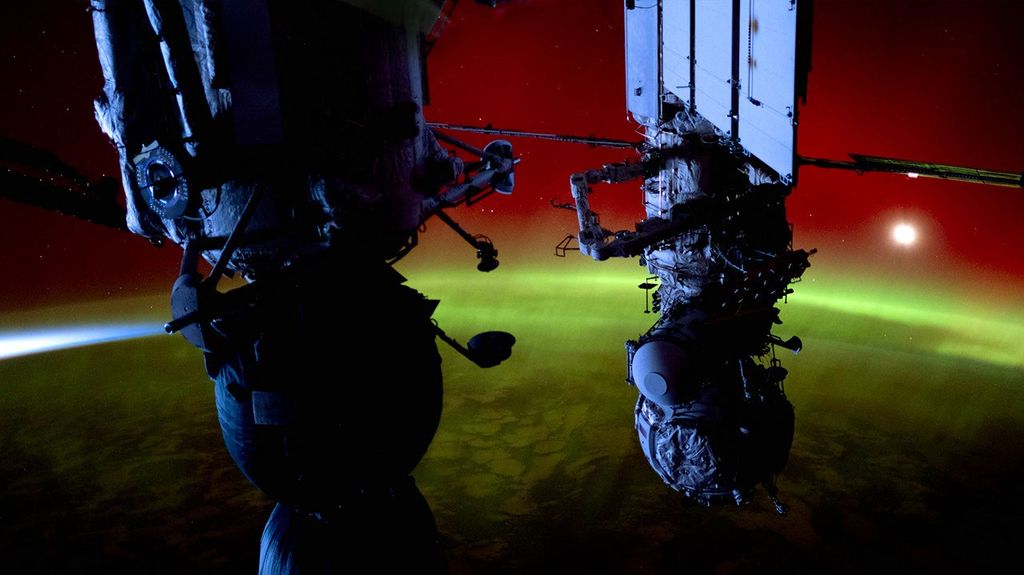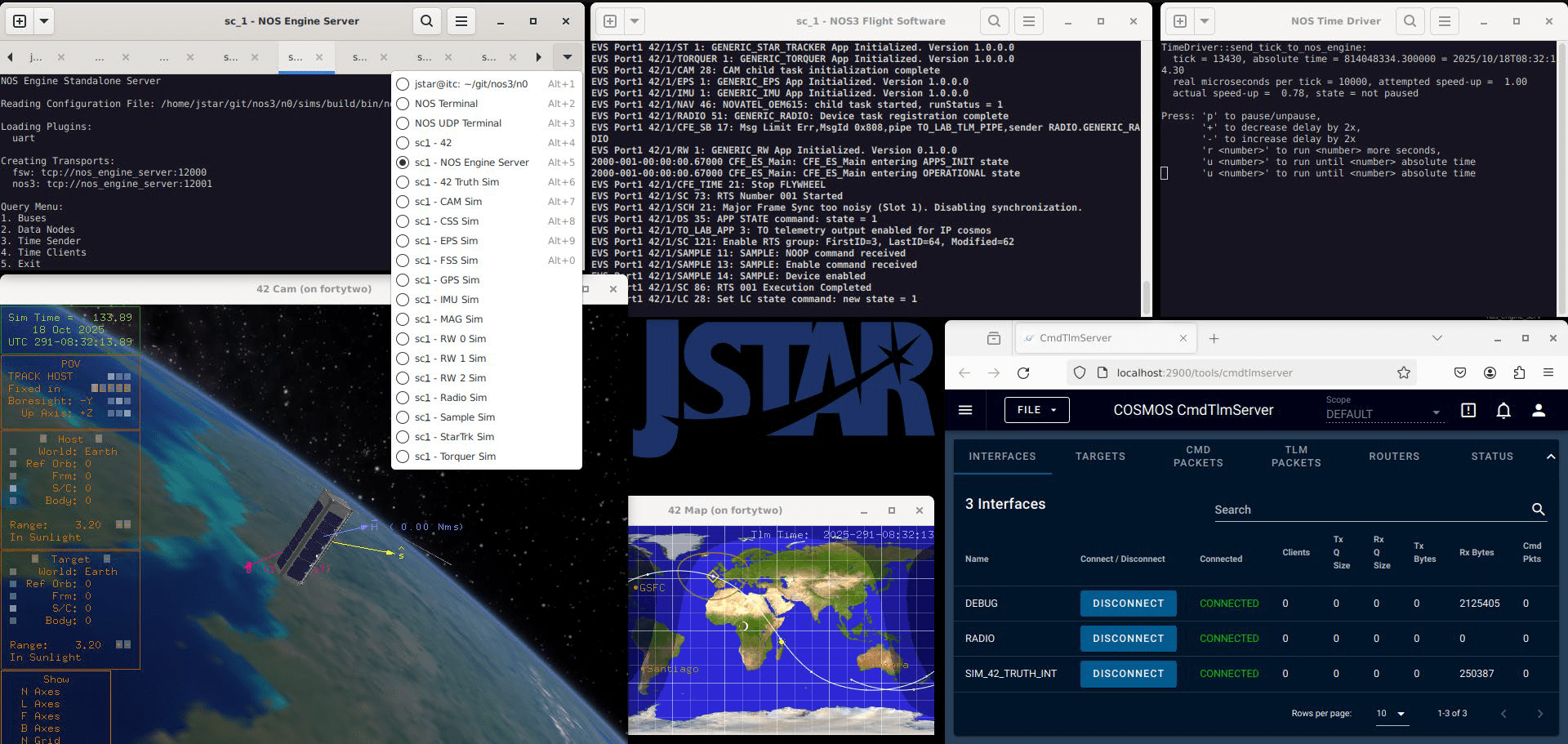JSTAR Software Digital Twins
“Fail Virtually, Succeed Actually”
Value Proposition: Our hardware emulation digital twin technology transforms spacecraft/system development through an all-software solution that accelerates timelines, expands testing capabilities, and reduces costs—without physical hardware constraints.
Key Benefits
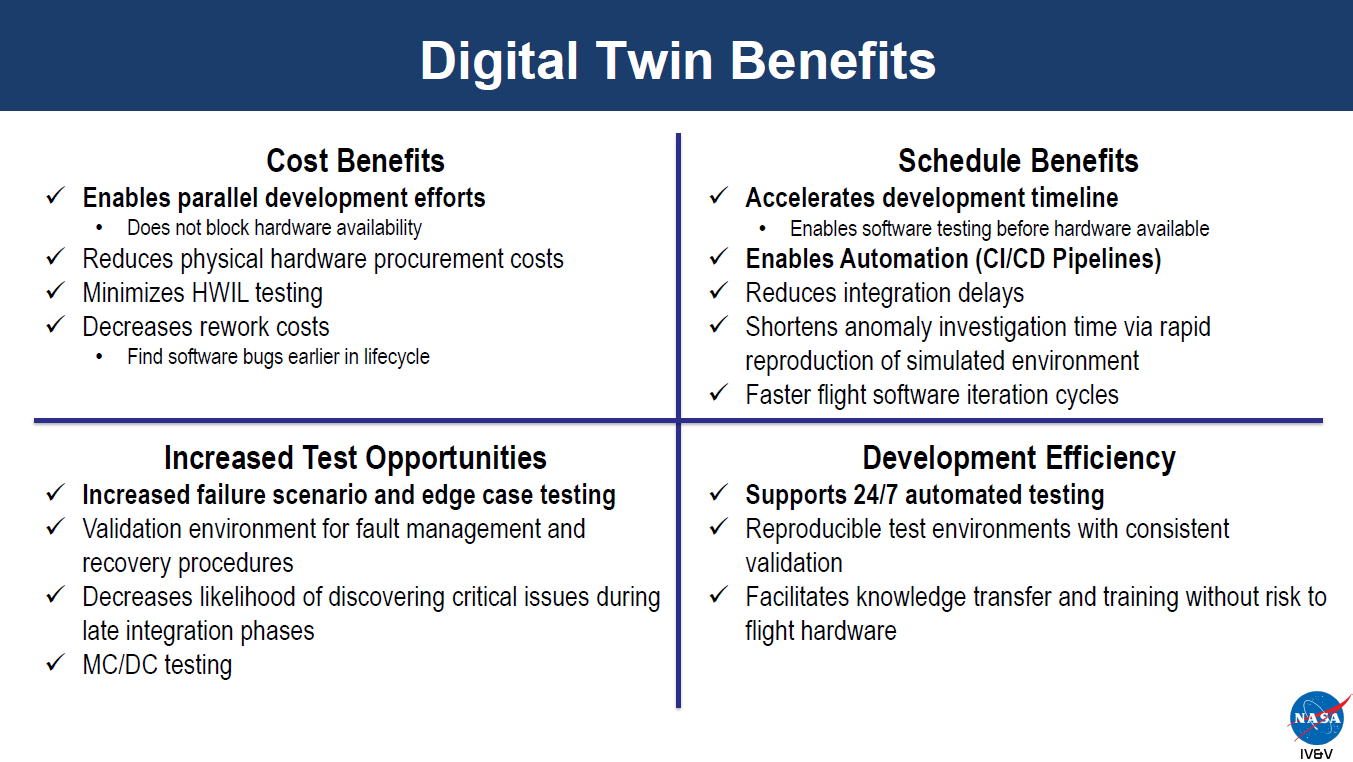
Using Digital Twin approach on an in-house satellite mission resulted in validated flight software completion prior to environmental testing.
Our Approach
Hardware Emulation
Condense an entire flight system to a laptop or cloud solution.

- Flight computer hardware is emulated
- Sensors/actuators are simulated
- Flight software binaries executed as delivered
- Ground operations software integrated as-is
Benefits
Digital Twins shift the traditional software development cycle.
Digital Twins greatly increase test resources.
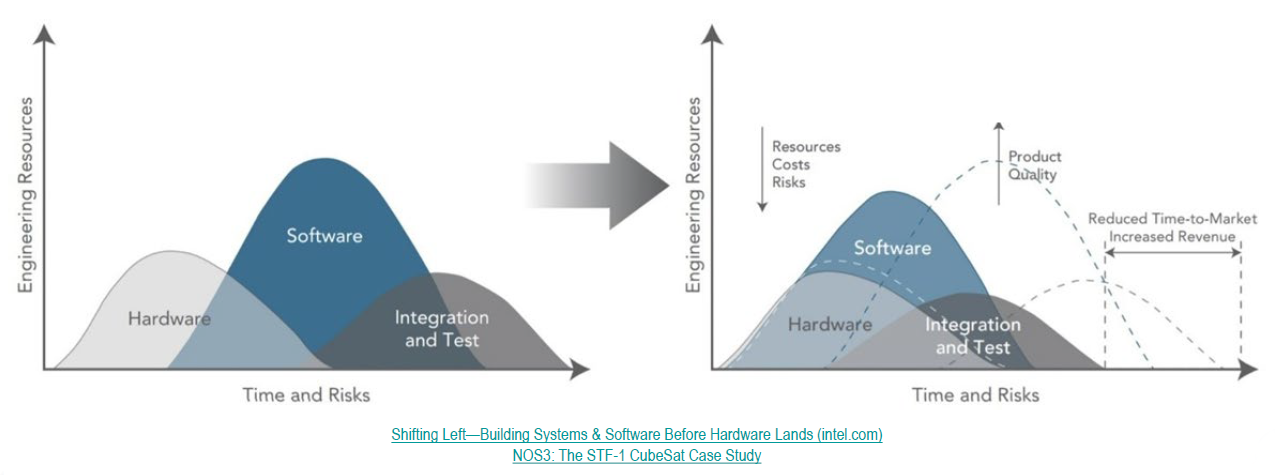
JSTAR – A Software Digital Twin Factory
| Mission | Platform |
| Integrated Tri-Program Simulation (SLS, MPCV, EGS) | Advanced Risk Reduction Integrated Simulation and Test Lightweight Environment (ARRISTOTLE) |
| Roman Space Telescope | WISP, RST Digital Twin |
| Europa Clipper | Europa Clipper Hardware Abstraction Operational Environment System (ECHOES) |
| Gateway | Gateway-in-a-Box |
| James Webb Space Telescope (JWST) | JWST Integration Simulation Test (JIST) |
| Open-Source Simulation Framework | NASA Operation Simulator for Small Satellites (NOS3) |
| Psyche | Psyche Hardware Abstraction Simulation Environment (PHASE) |
| Space Launch System | SLS Software-only Simulation (S3) |
| Multi-Purpose Crew Vehicle (MPCV) | Software-only CEV Risk Reduction Analysis and Test Engineering Simulator (SOCRRATES) |
| LM Product Line | Soft Sim |
| International Space Station | MDM Application Development Environment (MADE) |
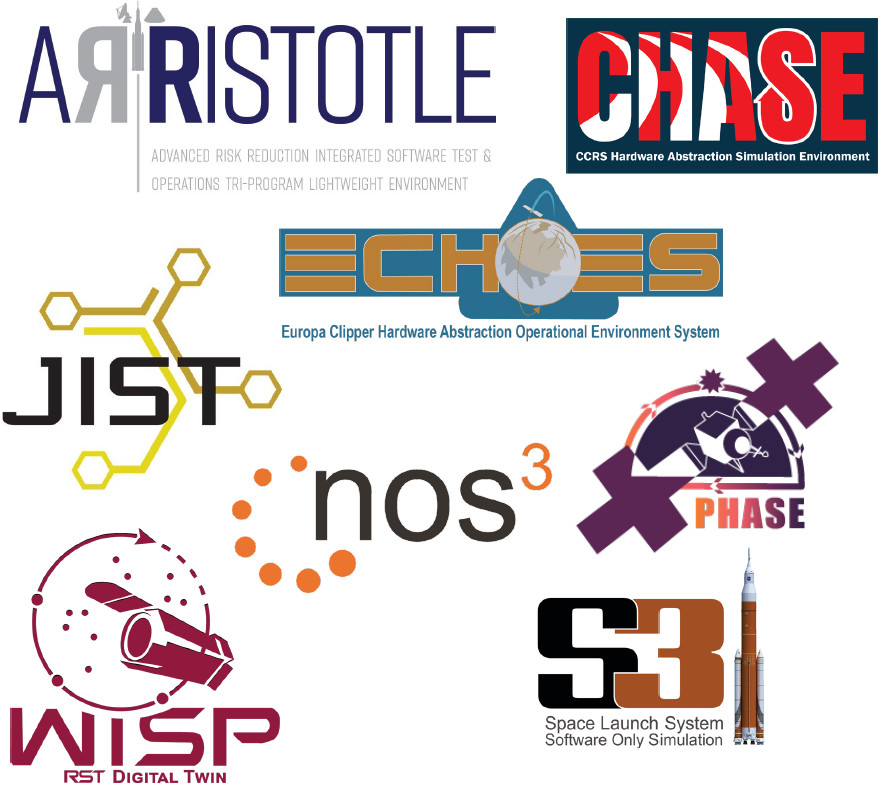
Independent Testing Areas
| Failover fault testing | Non-deterministic memory object placement |
| GNC scenarios and faulting | EVR throttling and Overrun |
| SUROM cycling for valid FSW image | Partition Margin analysis |
| STM, DEADP, xRTI corruption | DWN overrun and repeat frames – Linked-list (0x569) mode |
| Bus faults – 1553, MBUS | SUROM Bad page detection and mapping |
| Time sync corruption | SDRAM Fault Injection |
| Fault RTI interrupt and test for FSW spacecraft reset | Identified FSW writes to read-only registers early in project |
| Impact of NULL pointer dereference | Logic errors for some EVR handling |
| PicoC and PITH error handling | FDU WDT stroking logic |
Contact Us For More Information
If you would like more information, please contact either:
- Justin Morris – Justin.R.Morris@nasa.gov
















